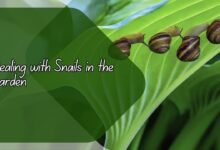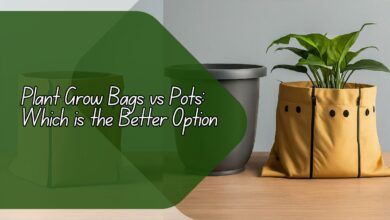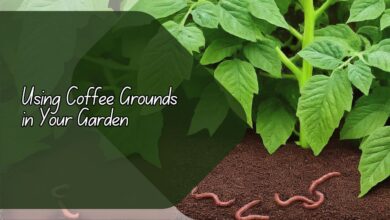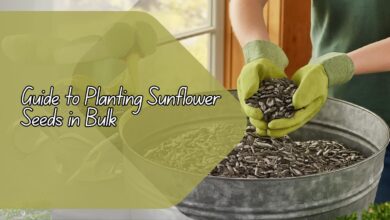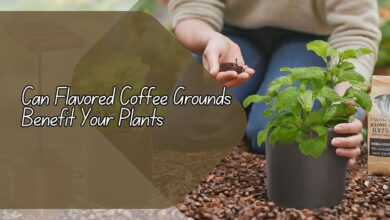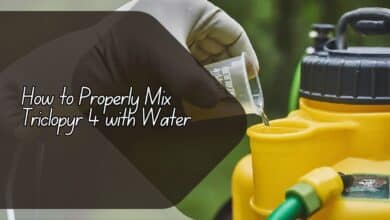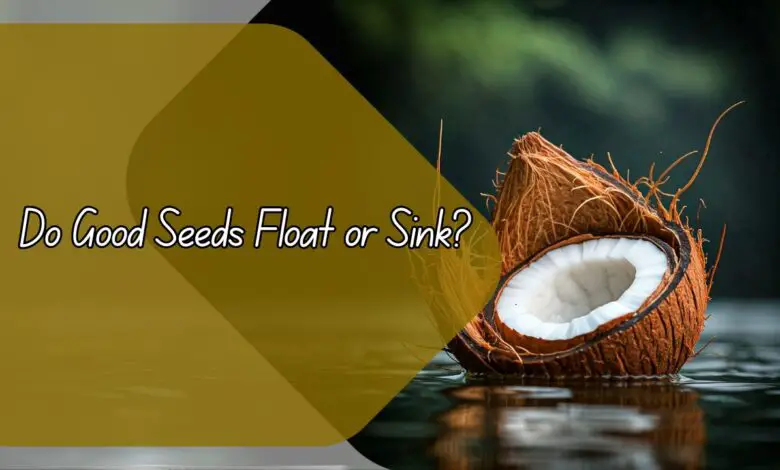
Do Good Seeds Float or Sink? Exploring the Science Behind Seed Dispersal
In this article, we will explore the fascinating world of seed dispersal and answer the common question: do good seeds float or sink? We will delve into the various mechanisms through which seeds are dispersed by plants and how this process helps in the growth and survival of different plant species. Understanding the science behind seed dispersal can provide valuable insights for gardeners and nature enthusiasts alike.
How do plants disperse their seeds?
Plants have evolved various mechanisms to disperse their seeds and ensure the propagation of their species. One common method is through the dispersal of seeds by wind. Plants with lightweight seeds, such as dandelions and maple trees, produce seeds that are easily carried by the wind over long distances. These seeds are equipped with structures like wings or hairs that help them float through the air.
Other plants rely on animals to disperse their seeds. Fruits and seeds that are attractive to animals are often eaten and then dispersed through the animal’s droppings in a process known as endozoochory. Some plants have developed specialized adaptations to encourage animals to carry and bury their seeds, which helps in seed germination and growth.
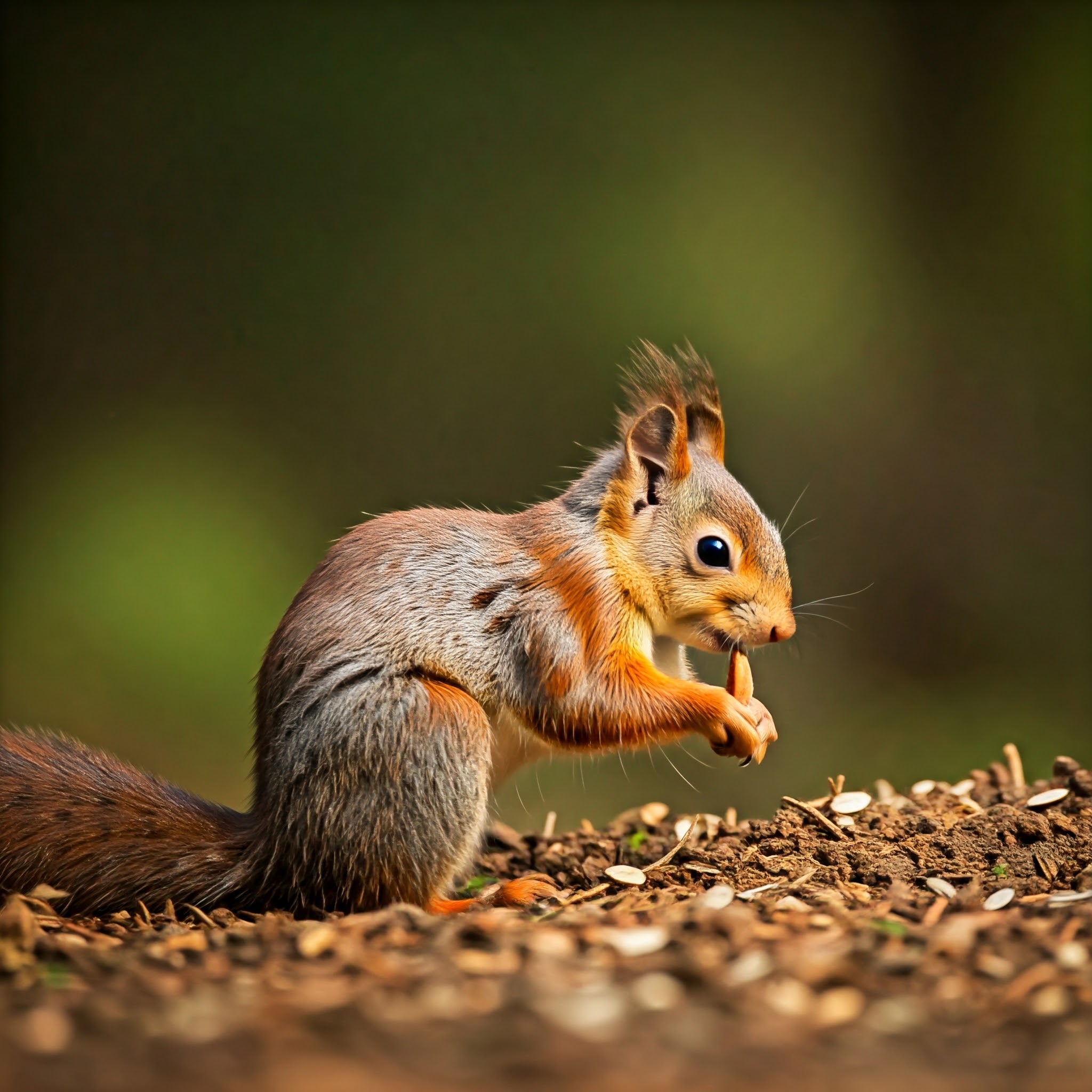
Do good seeds float or sink?
Whether a seed floats or sinks depends on its specific characteristics and built-in mechanisms for dispersal. Seeds that are dispersed by water, such as coconuts and water lilies, are designed to float on water. These seeds are often buoyant and waterproof, allowing them to travel long distances by water currents before reaching suitable soil for germination.
On the other hand, seeds that sink are usually heavier and denser, making them more suitable for dispersal by gravity or other means. These seeds are often consumed by animals or carried by wind to new locations where they can germinate and grow into new plants. Understanding whether seeds float or sink can provide insights into the dispersal strategies adopted by different plant species.
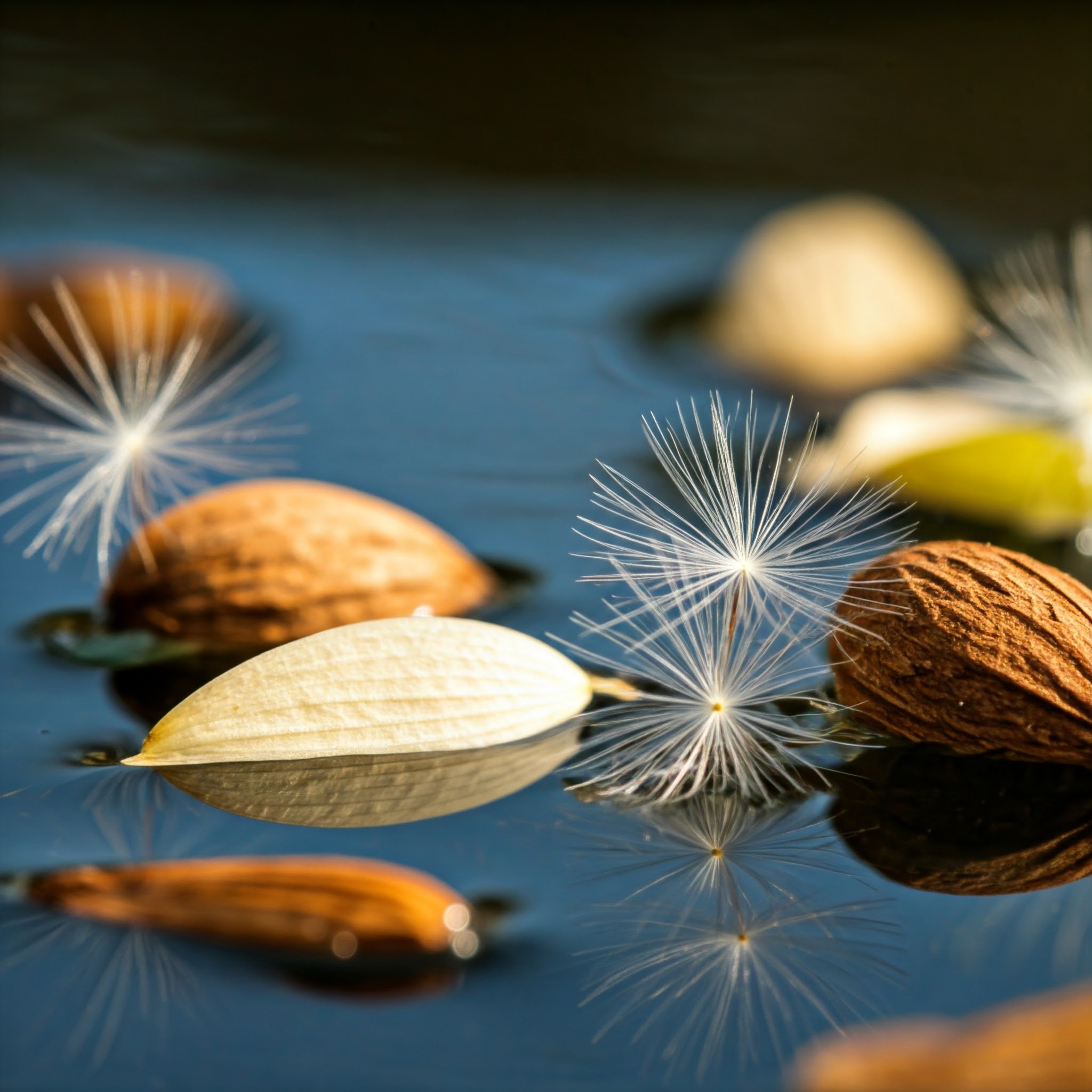
How do seeds benefit from floating or sinking?
The ability of seeds to float or sink plays a crucial role in their dispersal and survival. Seeds that float on water can travel long distances and reach new habitats that are vital for their growth. This helps in expanding the range of plant species and colonizing new environments.
On the other hand, seeds that sink may benefit from being buried in soil or consumed by animals, which can provide them with necessary nutrients and protection from harsh environmental conditions. These seeds have a higher chance of successful germination and growth due to their strategic dispersal mechanisms.
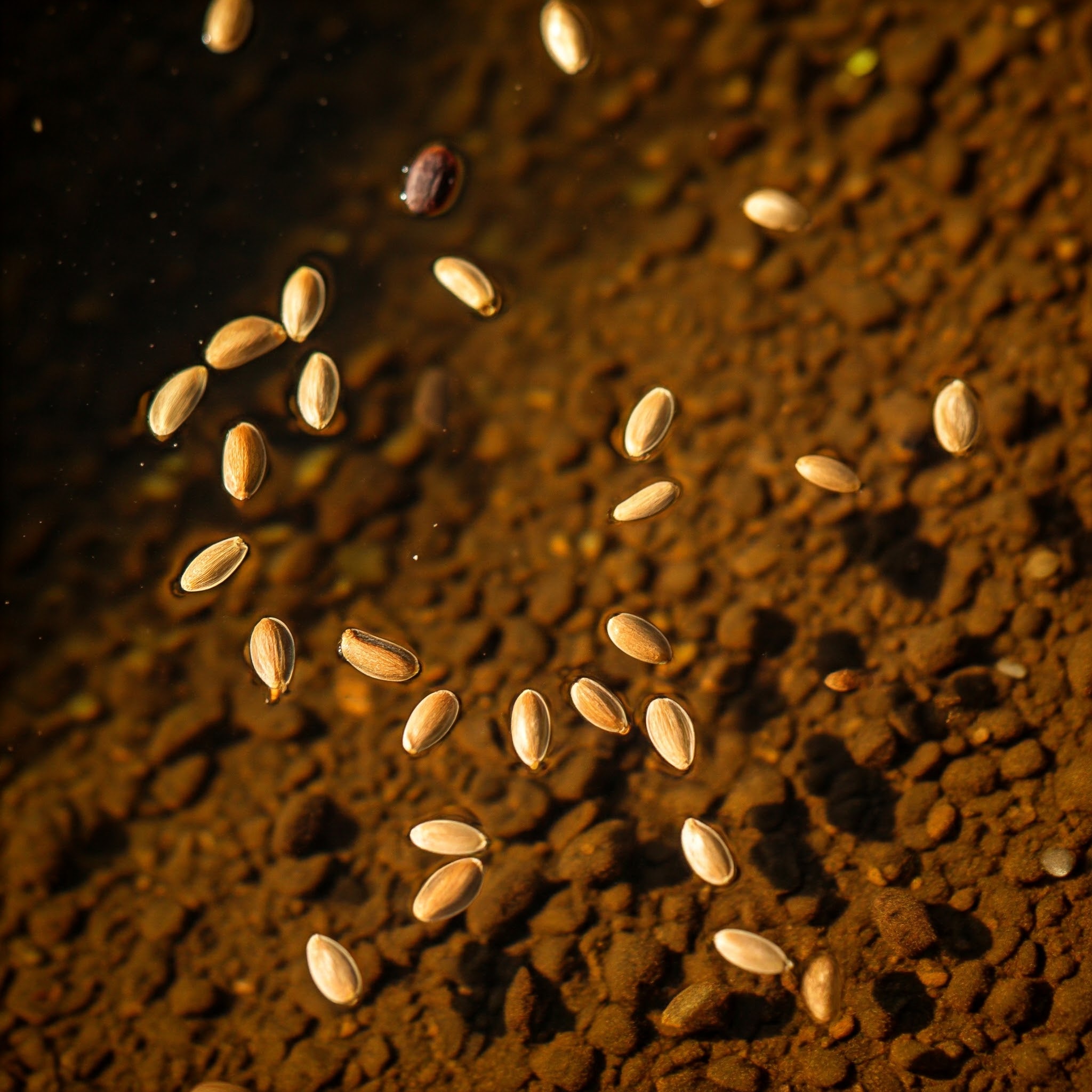
What factors influence seed dispersal?
Several factors influence seed dispersal, including the size and shape of seeds, environmental conditions, and the presence of seed dispersal agents such as animals or wind. Seeds with specialized adaptations, such as wings or hooks, may have a better chance of dispersal by wind or attachment to animals for transportation.
Environmental factors like water currents or wind speed can also affect the dispersal distance of seeds and their ability to reach suitable habitats for germination. Understanding these factors can help in predicting seed dispersal patterns and the successful establishment of plant populations in different ecosystems.
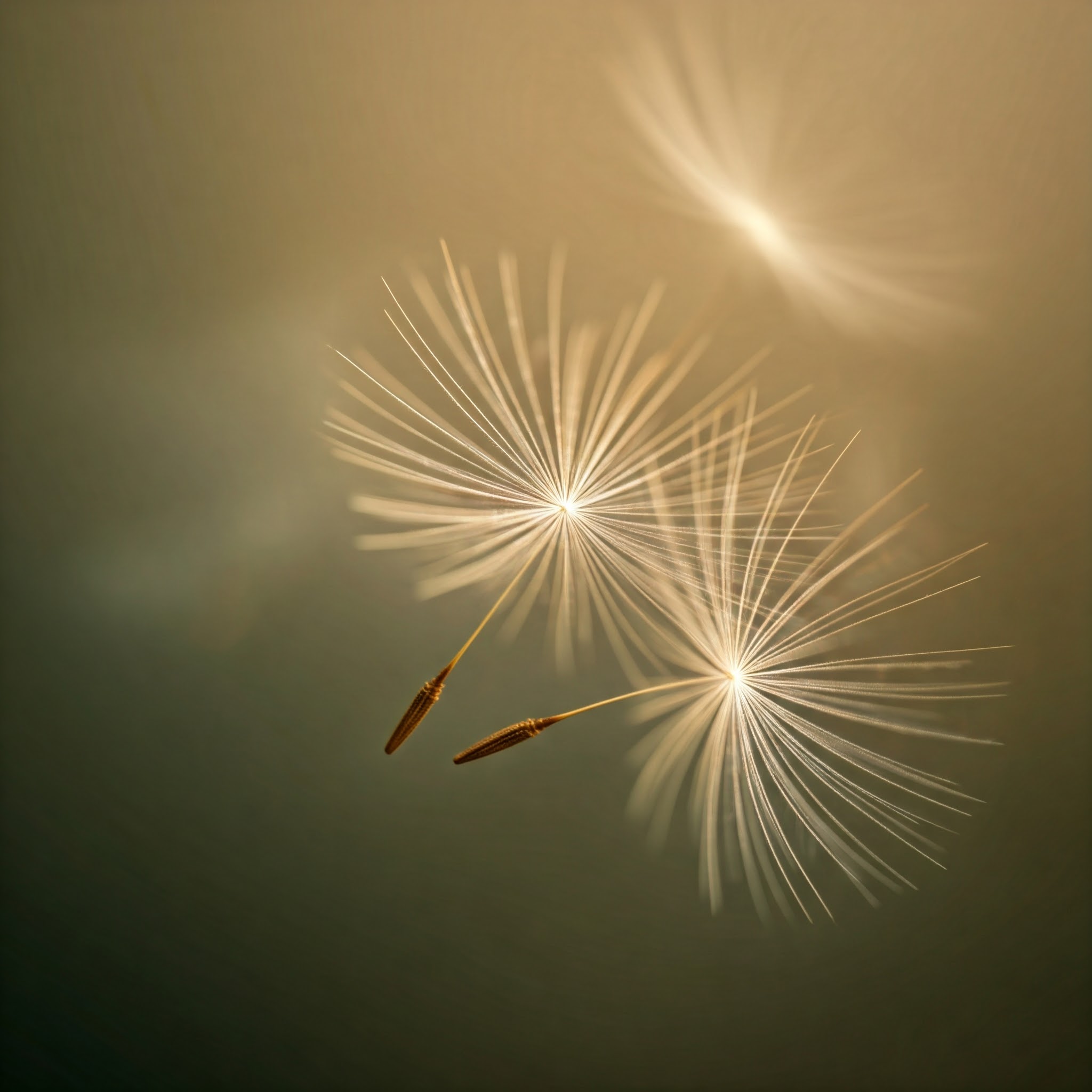
Conclusion
Seed dispersal is a critical process that ensures the survival and growth of plant species in diverse environments. Whether seeds float or sink depends on their specific adaptations for dispersal by water, wind, or animals. By understanding the science behind seed dispersal, gardeners and nature enthusiasts can gain valuable insights into the lifecycle of plants and the importance of preserving natural ecosystems.
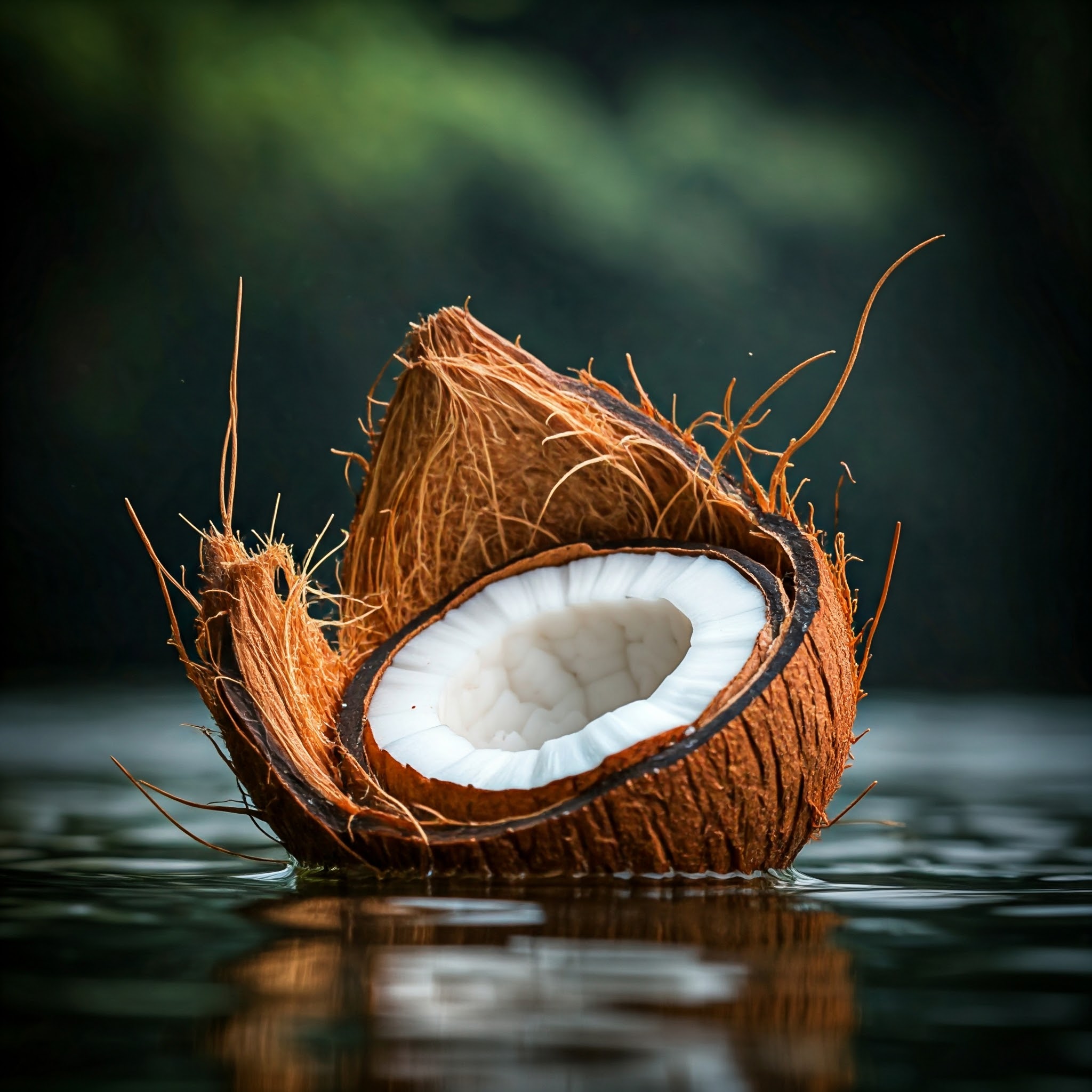
FAQs
Can all seeds float on water?
No, not all seeds can float on water. Seeds that float are usually equipped with specific adaptations for dispersal by water, such as buoyant and waterproof structures. Seeds that sink may rely on other means of dispersal, such as gravity or animal consumption.
How far can seeds be dispersed by wind?
Seeds dispersed by wind can travel varying distances depending on factors like seed size, wind speed, and environmental conditions. Some seeds can be carried by the wind over long distances, while others may only travel a short distance before settling in suitable soil for germination.
Do animals play a significant role in seed dispersal?
Yes, animals play a crucial role in seed dispersal by consuming fruits and seeds, which are then dispersed through their droppings. Some plants have evolved specific adaptations to attract animals for seed dispersal, thus ensuring the survival and propagation of their species.
How can gardeners promote seed dispersal in their gardens?
Gardeners can promote seed dispersal in their gardens by planting a diverse range of native plant species that attract pollinators and seed dispersal agents like birds and insects. Providing suitable habitats and food sources for animals can help in the dispersal of seeds and the growth of plant populations.
Why is seed dispersal important for ecosystem sustainability?
Seed dispersal is essential for ecosystem sustainability as it allows for the colonization of new habitats, genetic diversity, and the maintenance of plant populations. By understanding the mechanisms of seed dispersal, we can contribute to the conservation and preservation of natural ecosystems for future generations.
